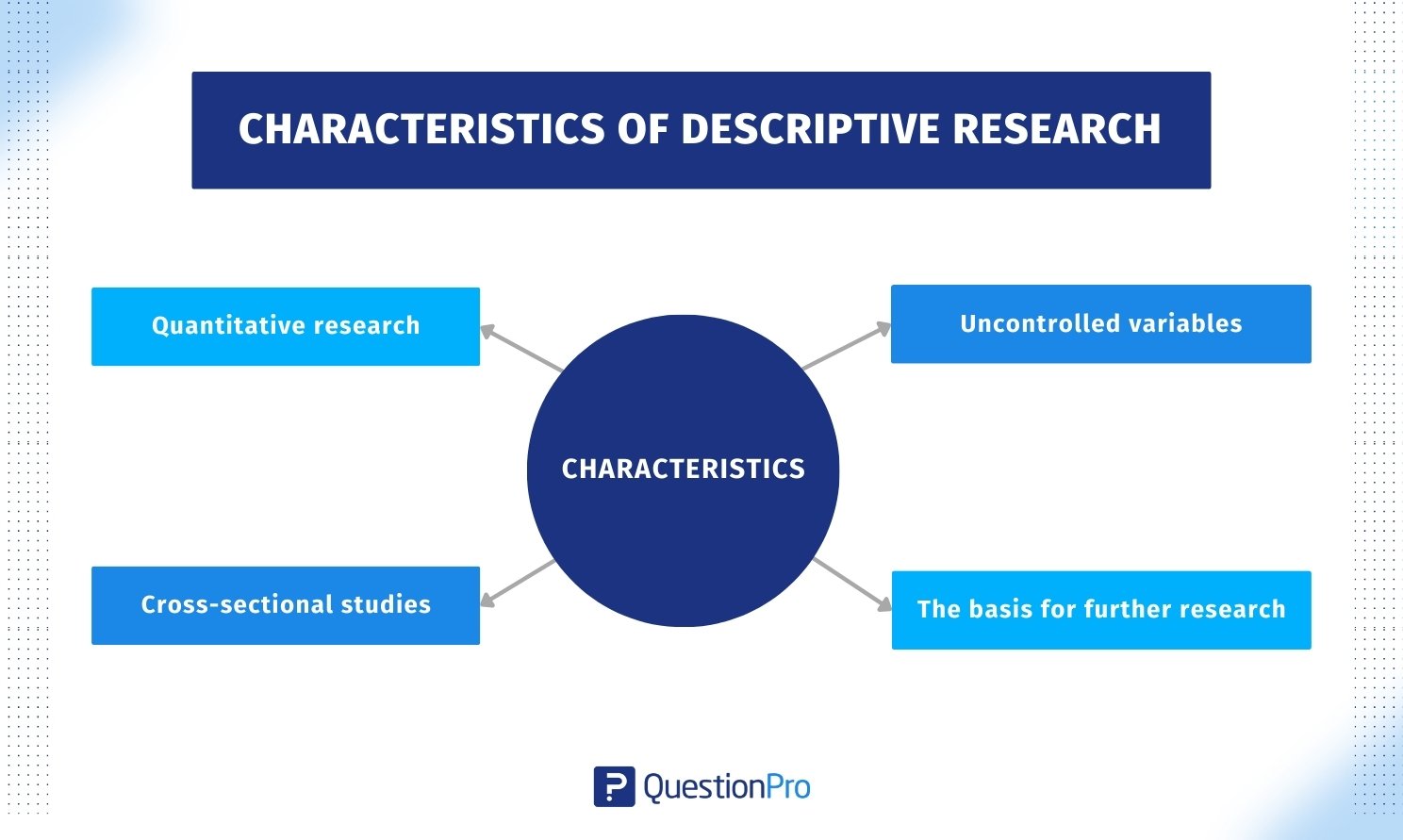In the world of data collection and analysis, researchers rely on different methodologies to gather insights that drive decisions. One of the most commonly used approachess is what is descriptive research — a method that focuses on observing, describing, and interpreting behaviors or conditions as they naturally occur. Whether in business, healthcare, education, or social sciences, this type of research provides the foundation for more complex analysis and actionable outcomes.
What Is Descriptive Research?
Descriptive research is a quantitative method designed to systematically describe a situation, population, or phenomenon. Rather than exploring the causes or effects of variables, it aims to answer the “what,” “where,” “when,” and “how” of a subject. This approach is particularly valuable when the researcher seeks to understand characteristics, frequencies, trends, or categories in a given context.
For example, a company may use descriptive research to understand customer preferences, demographic breakdowns, or satisfaction levels — all without manipulating any variables.
Key Features of Descriptive Research
Structured and Methodical Approach
Descriptive research typically uses structured tools such as surveys, observation checklists, and questionnaires. These tools allow for consistent data collection, which is essential for comparing results across samples or timeframes.
Focused on the Present
Unlike experimental research that tests hypotheses or relationships, descriptive studies are grounded in the present. They help provide a snapshot of the current state of affairs — whether it’s consumer behavior, market dynamics, or educational performance.
Statistical Representation
Descriptive research often results in numerical data that can be displayed through graphs, charts, or tables. These visual tools help decision-makers quickly interpret patterns and draw insights from the data collected.
Common Methods Used in Descriptive Research
Surveys
One of the most popular techniques, surveys allow researchers to gather a wide range of data from a large group quickly and cost-effectively. Surveys often include multiple-choice questions, Likert scales, or open-ended queries.
Observations
In observational studies, researchers record behaviors or events in real time without interference. This method is frequently used in social science and behavioral research to gain unbiased insights.
Case Studies
While traditionally associated with qualitative analysis, descriptive case studies provide an in-depth view of a specific subject or event. They’re particularly useful for understanding unique or complex phenomena within a specific context.
Benefits of Descriptive Research
- Clarity and Direction: It gives a clear overview of current trends, helping businesses and institutions make informed decisions.
- Low Cost and Efficiency: Most descriptive methods are affordable and straightforward to implement, making them ideal for routine monitoring or benchmarking.
- Foundation for Further Research: The insights gained often serve as a launching pad for exploratory or causal research.
Conclusion
Understanding what is descriptive research helps organizations and researchers leverage data effectively to paint a clear picture of current conditions. While it doesn’t explore deeper causes or relationships, its strength lies in its ability to organize and present meaningful data that can guide strategic planning. For those looking to build a strong research framework, descriptive studies are an essential starting point.

